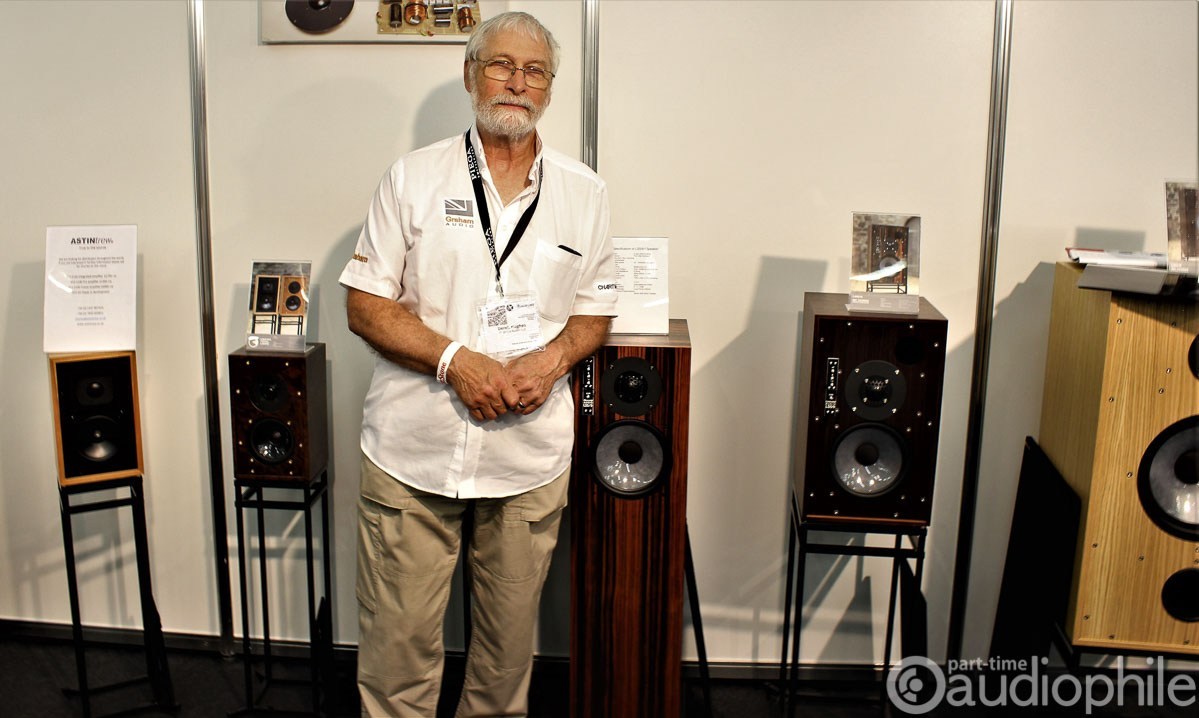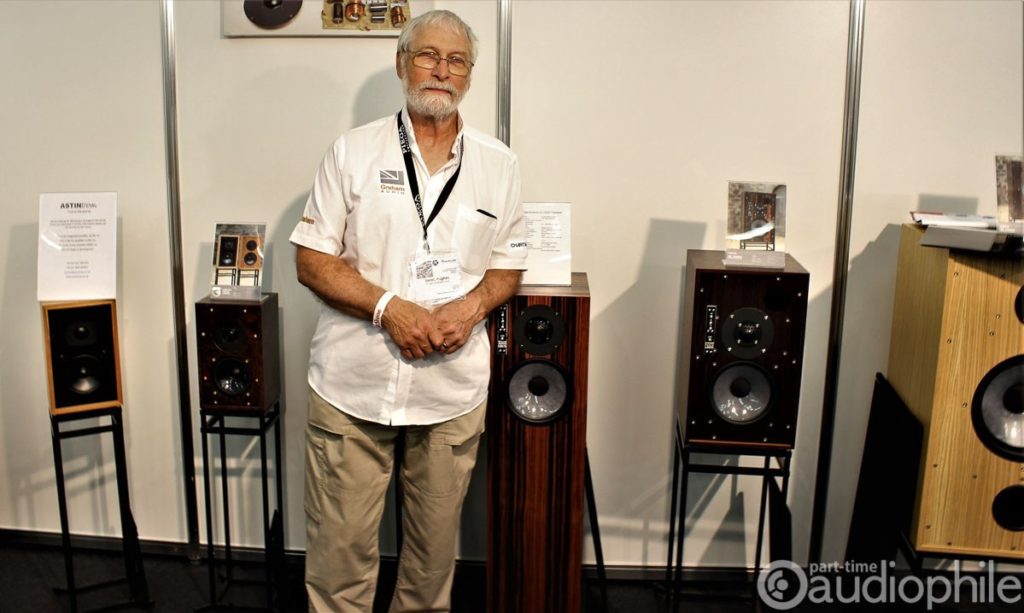Press
Graham Audio and the Lure of the British Monitor | High End 2019

Sometimes I feel like I can spot a classic BBC monitor from a mile away, or in this case from across the main halls of the MOC at High End 2019. “Is that the Graham Audio booth?” I asked myself, seeing a collection of those familiar boxes with classic wood veneers and model designations like LS5/8 and LS5/9 and even, yes, the LS3/5a. I’ve been intrigued with Graham Audio for quite some time now, based on my love of British monitors. I’ve always wanted to sit down with a pair of Grahams and listen, but availability has been a little sparse here in the US, at least until I heard that Philip O’Hanlon of On A Higher Note is now the distributor. Guess who finally friended Philip on Facebook the moment he got back home?
<<<Read More at Part-time Audiophile’s Site>>>

